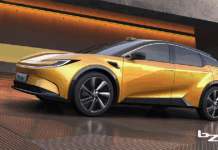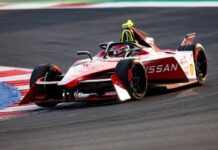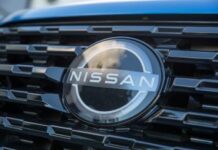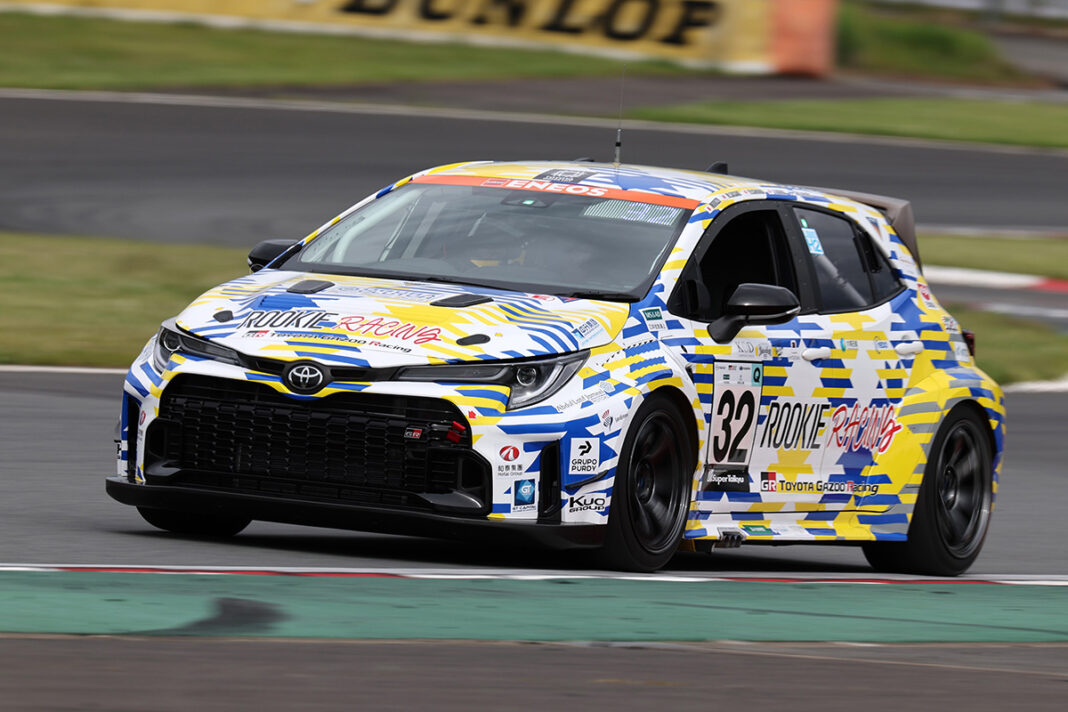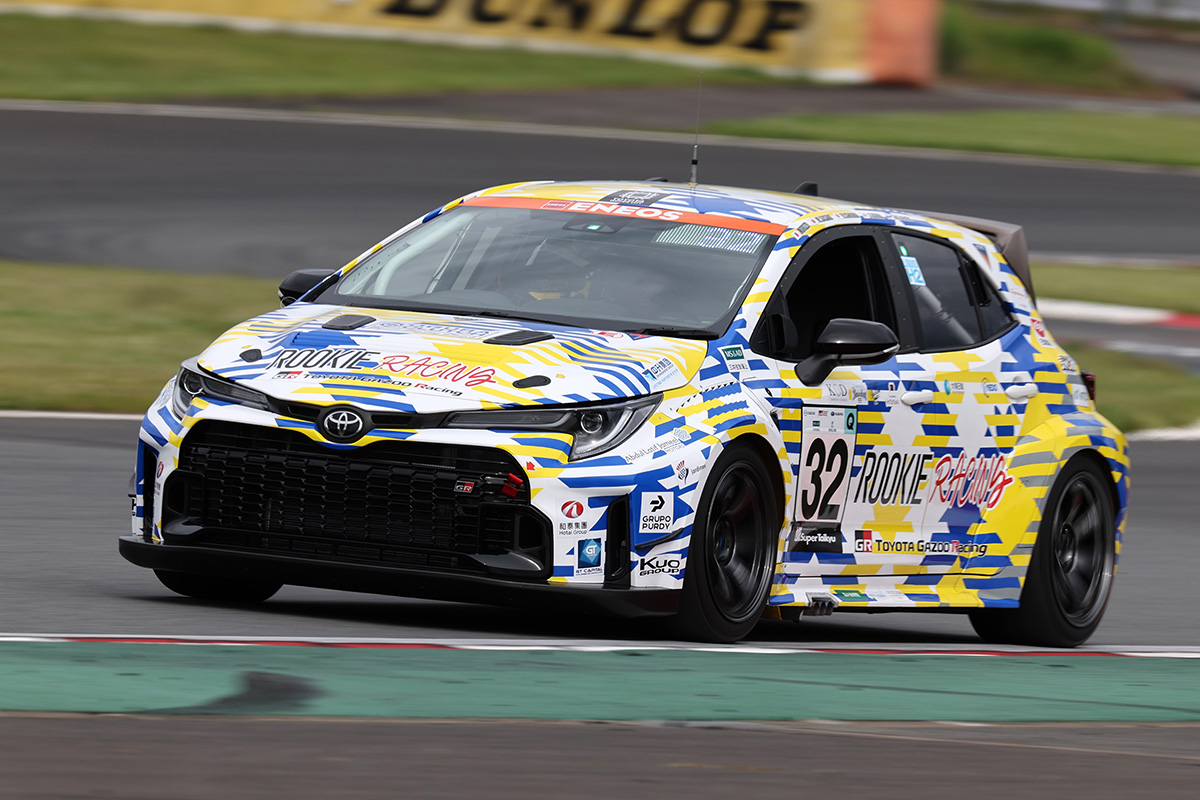
The challenge of liquid hydrogen
A portion of the liquid hydrogen being used in the hydrogen engine-equipped Corolla is lignite-derived hydrogen produced and transported from Australia in February 2022 by the Suiso Frontier liquid hydrogen carrier built by Kawasaki Heavy Industries, Ltd. (KHI) as part of the HySTRA*1 project.
The mobile liquid hydrogen station that will be used at the circuit was jointly developed by Iwatani Corporation and Toyota Motor Corporation. By using liquid hydrogen as fuel, equipment that was previously necessary to produce compressed gaseous hydrogen, such as compressors and pre-coolers for cooling hydrogen are no longer needed. As a result, the required station installation area can be a quarter the size of that for gaseous hydrogen stations, and fuel can be refilled in the pit area in the same way as for gasoline-powered vehicles. In addition, since there is no longer the need to pressurize when filling, multiple vehicles can be filled in succession.
The vehicle’s fuel supply system has been changed to a liquid hydrogen system in conjunction with the change from gaseous to liquid hydrogen. However, the engine itself is the same engine as when the vehicle was running on gaseous hydrogen.
Since the energy density per volume is increased by changing the fuel to liquid hydrogen, the cruising range has been doubled with the same filling time as before, approximately 1.5 minutes*2. We will strive to further improve engine performance, cruising range, and filling time throughout the year.
However, liquid hydrogen must be kept at temperatures lower than -253℃ during filling and storage. This poses unique challenges in areas such as developing fuel pump technology that can function in a low-temperature environment, preventing hydrogen from naturally evaporating from the tanks, and establishing regulations for vehicle-mounted hydrogen tanks. We will continue to work on overcoming these challenges with the cooperation of our partners in the areas of producing, transporting, and using hydrogen.
Both gaseous and liquid hydrogen have unique advantages and challenges, with gaseous hydrogen having the advantage of having a simpler system configuration. Toyota will continue to focus on developing both gaseous and liquid hydrogen to increase fuel supply options and make the most of their unique characteristics.



